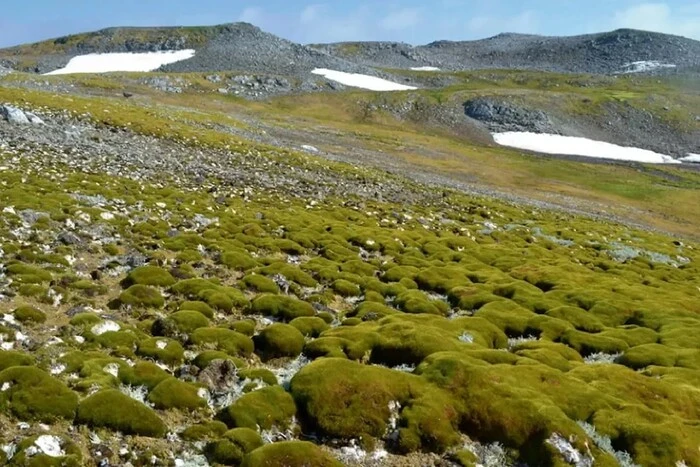Antarctica rapidly turns green.
05.10.2024
2268

Journalist
Shostal Oleksandr
05.10.2024
2268

A new study has shown that the plant cover in Antarctica has increased many times over in recent decades. Scientists analyzed satellite images from 1986 to 2021 and found that vegetation covered less than one square kilometer in 1986, while in 2021 it was almost 12 square kilometers. Especially rapid growth has occurred since 2016, which is associated with global warming and a decrease in the sea ice area around the continent.
"In the Antarctic landscape, snow, ice, and rocks still dominate, and only a small part is populated by plant life. But this growth shows that even such a large and remote desert is feeling the impact of human-induced climate changes," said Dr. Thomas Roland from the University of Exeter.Scientists also note that the growth of mosses, which make up the majority of the plant cover, can promote the growth of other plants and facilitate soil formation. All of this is considered a "turning point" for Antarctica, where life has already begun. Previously, polar explorers from the Ukrainian station "Akademik Vernadsky" amazed the world with a video of a summer Arctic night when there were almost no twilight. Unique photographs of pink snow reflecting the sunset over the ocean were also shown. All these phenomena, including the increase in plant cover and the reduction in ice, indicate changes in Antarctica's climate and nature.
Read also
- Vladimir Day 2025 - History of the Holiday and Congratulations on the Name Day
- Kyiv in danger — developer 'Avtostrada' destroys the city's water bodies
- Test of Traffic Rules for the Attentive - Who Passes the Intersection First
- In Odesa, a man stole icons from a church - what he faces
- What Latin letters mean on Ukrainian car number plates
- Alimony for parents - when children should provide financial support









